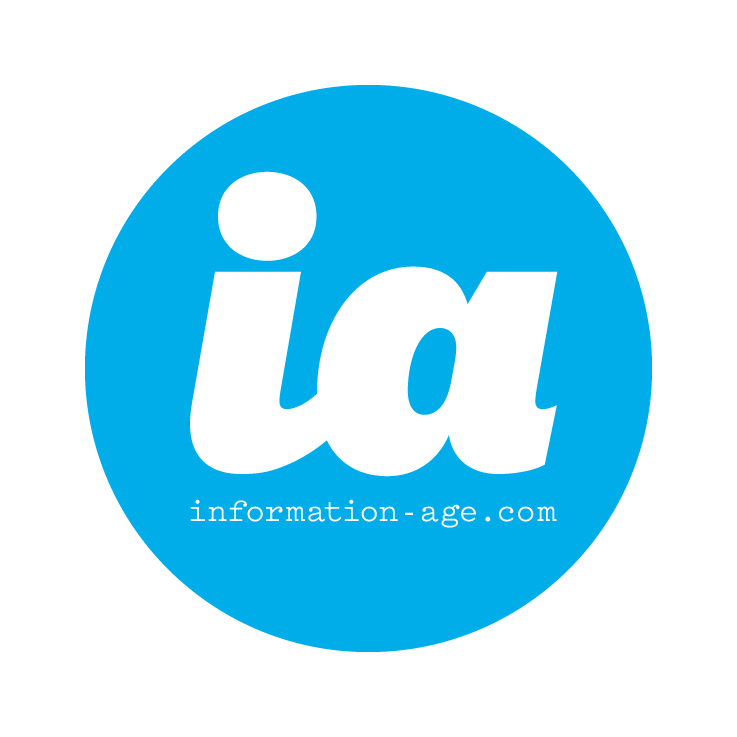“There is a generational revolution happening in the way staff interact with business applications. And organisations have to appreciate the subtleties of that and start responding.”
That was the forward-thinking view of several delegates at Information Age’s most recent roundtable debate on ‘content-centric Internet applications’. And while most acknowledged the point, few had done anything to prepare for the Facebook generation.
Take the example of a typical corporate intranet, said one delegate from the office supplies sector: the information is pushed out and presented to users in a completely static form for them to consume. A Web 2.0 intranet, on the other hand, will be dynamic – augmented or even populated by user-generated content and with the flexibility that will enable users to assemble the content in whichever way they want.
Wikis, mash-ups, user-tagging to create folksonomy: social networks are moving interaction far beyond the traditions of business applications. And it is not just the jargon that has evolved: dynamic web development techniques, such as
“Users who are living in Facebook today are not going to be very impressed with a corporate information environment that is one-way,” said a new media manager at a large public sector organisation. “They will expect to post information to web sites, interact and message within social grouping, tag content so it fits with their view of the world and so on.”
One delegate, from a utility company, reported that senior managers at his organisation had pushed the use of wikis and blogs to foster improvements in teamworking. That has had a transformative effect in the way the company now thinks about disseminating information and the way content is delivered.
Such work has now filtered through to the way the company thinks about all information classes, and how it can squeeze every last drop of knowledge from the vast quantities of operational data it has accumulated, he added.
However, the adoption of rich Internet applications has a significant overhead, reports the systems manager at a national newspaper. Its website has to serve customers whose ages range from teenagers to the over-60s. For example, it has introduced video and YouTube-like upload capabilities for younger visitors. “The competition to stay ahead is intense,” he said.
While most delegates were not yet under pressure to implement Enterprise 2.0 environments, all were feeling the need to make user access to data much more fluid and easy.
Users increasingly insist on having the necessary information at their fingertips – irrespective of what system the data may be hard-wired to. And no longer can businesses assume that consumers of information – be they employees, customers or partners – will be sitting in front of a networked terminal; information has to be accessible from all manner of devices, at times across wireless and remote-access points.
The IT director of a regional emergency ambulance service described how his team was currently in the process of working out the best ways to deliver content to staff who spend the majority of their time on the road. “There’s a real challenge to make sure we deliver only relevant content – in a format that is useful – without bombarding users with stuff.”
Information Age roundtable debates
This article is based on a recent Information Age lunch debate, sponsored by XML development platform vendor JustSystems. To encourage open discussion, the debates are held under the so-called Chatham House rule, ensuring that none of the participants are named.
Each month, a select group of readers is invited to participate in the debates, covering the day’s most pressing technology issues. If you would be interested is becoming involved, please email the publisher.
Further reading
Microsoft working on new language ‘D’ will be a declarative programming language for the service-oriented age
The third way Combining on-demand software with on-premise code might prove to be the most powerful software paradigm yet. But the blend will not be without its difficulties
XML: A richer experience The new wave of XML-based development tools promises to make Internet applications richer and more agile. What’s holding back adoption?










